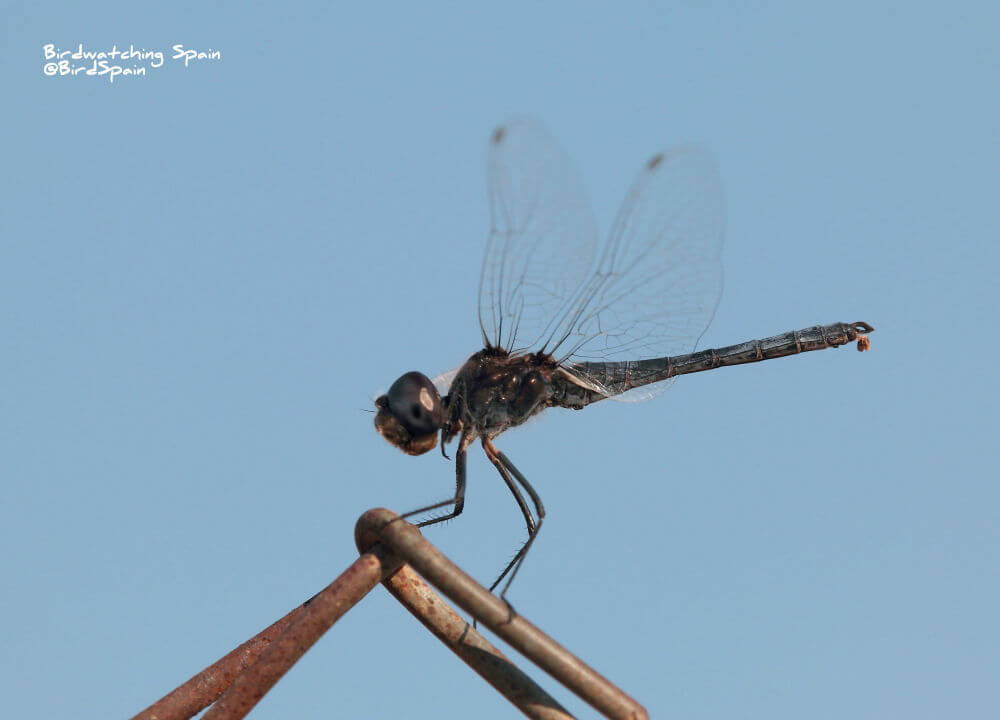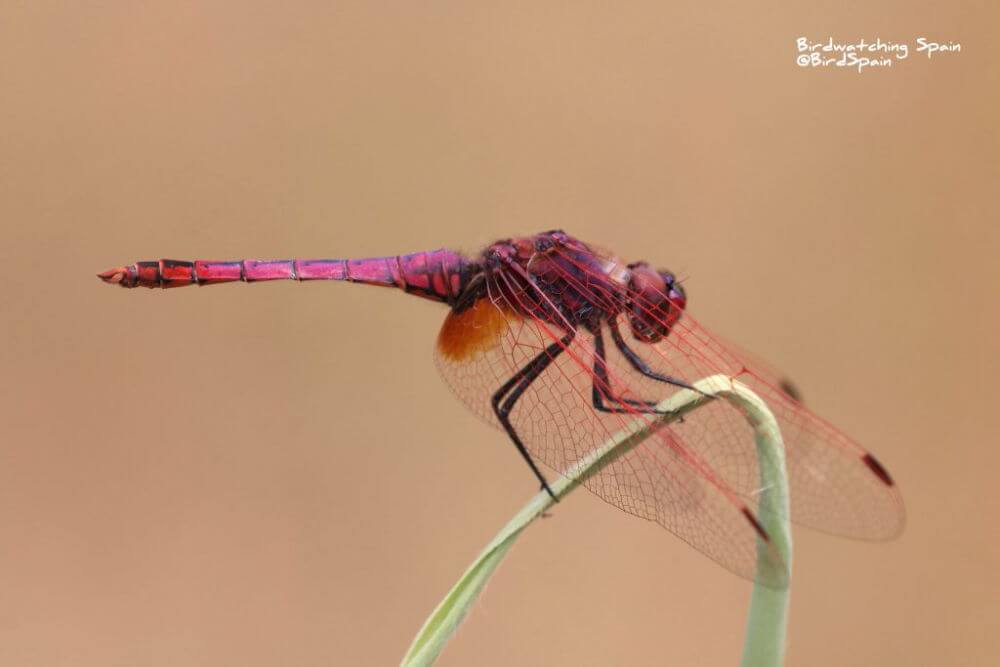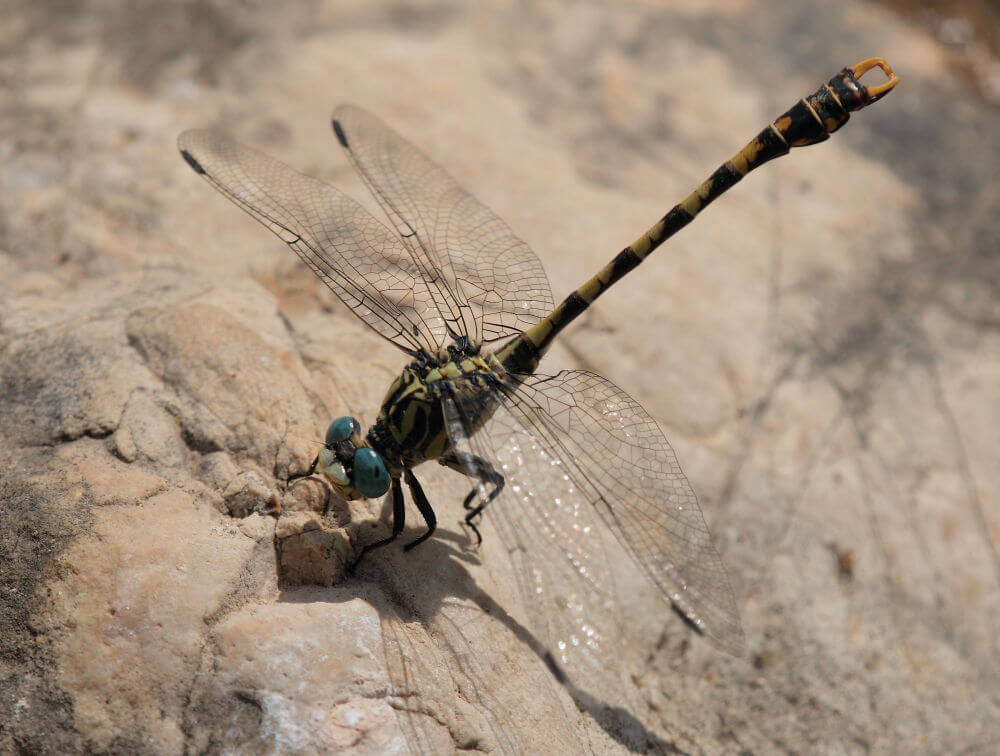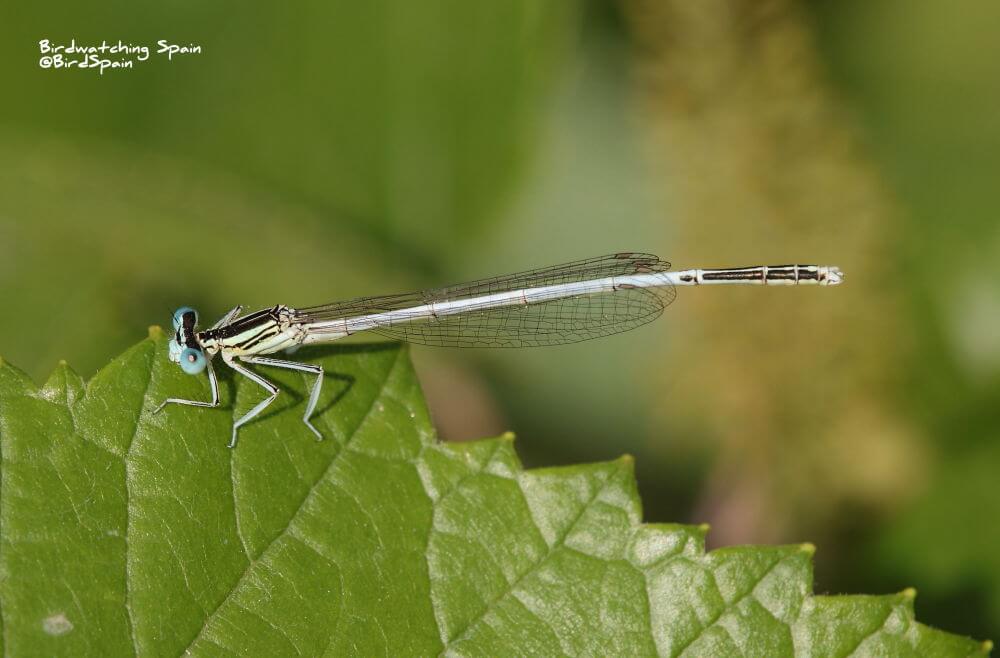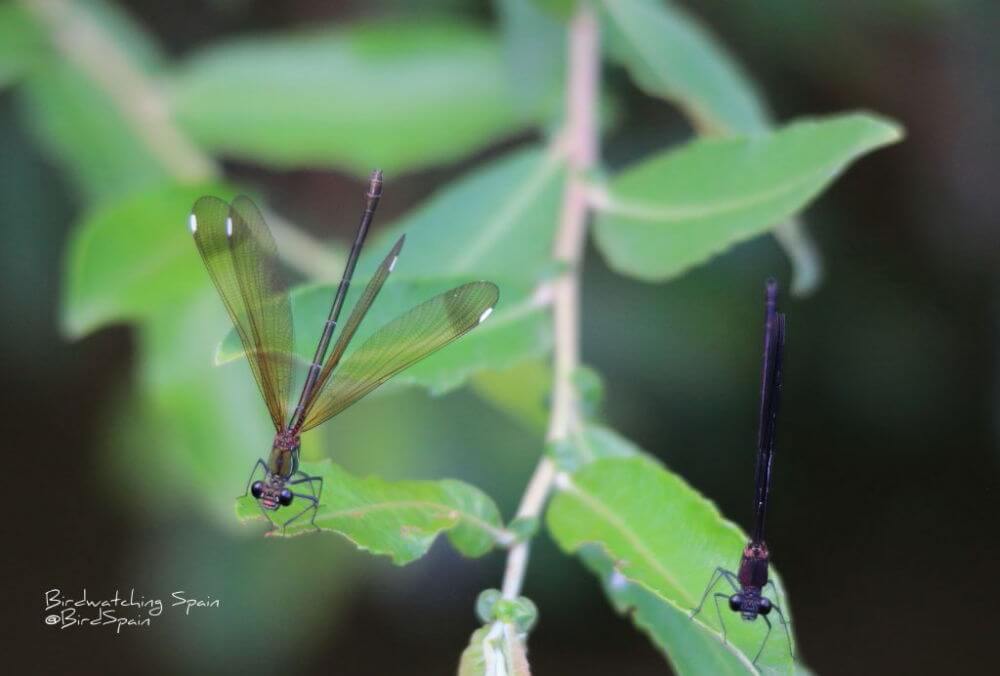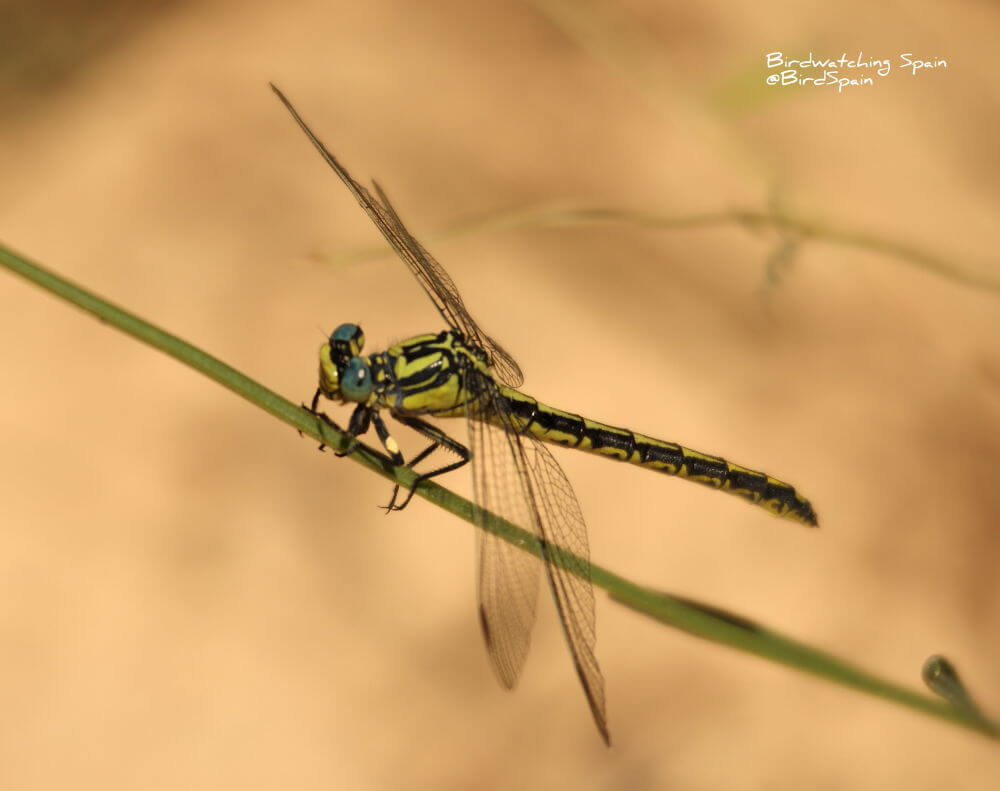Birdwatching and wildlife tours in Spain
Dragonfly tours in Valencia
Join our dragonfly tours in Valencia, East Spain!
We offer wildlife and dragonfly tours in the Valencia region, East Spain. The region is home to 60 species of Odonata and the number continues increasing with the colonization of many African species. Moreover, it has been recently discovered a new species for science, the Cazuma pincertail (Onychogomphus cazuma). The last “new” European dragonfly species was found 20 years ago, so it is surprising that we are still finding new species.
This gorgeous dragonfly is named after the river it was first found, the Cazuma river which is in the Valencia region. Therefore, it is an endemic species just found in Valencia. We are taking part with some colleagues in a larger scale survey, trying to find another isolated population.
During our dragonfly walks, we might visit four main habitats where you will see a good variety of dragonflies. Below, we will explain to you the species you might see in each habitat, so we can tailor-made the itinerary to match it with your preferences. So, please do not hesitate to contact us or visit our tour calendar for the next scheduled dragonfly trip!
Coastal marshes, lagoons and rivers mouths
The species we find in these habitats tend to be generalist species. Among them, we have in great numbers Red-veined darter (Sympetrum fonscolombii), Common Darter (Sympetrum striolatum) and Broad Scarlet (Crocothemis erythraea). They are an important food resource for birds like the Collared pratincole as well as Gull-billed terns. Furthermore, we find Black-Tailed Skimmer (Orthetrum cancellatum), Epaulet Skimmer (Orthetrum chrysostigma) and Black Pennant (Selysiothemis nigra).
Regarding Emperors, Blue Emperor (Anax imperator) and Lesser Emperor (Anax parthenope) are spread and have a flight period from March to October.
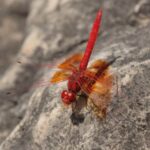
During the last years, the distribution of Northern Banded Groundling (Brachythemis impartita) has increasing dramatically and can be found in many wetlands. The same happens with the Long Skimmer (Orthetrum trinacria).
According to many experts, climate change might be the main cause of this recent colonization of African dragonflies. For instance, Violet Dropwing (Trithemis annulata) and Orange-Winged Dropwing (Trithemis kirbyi) are nowadays common species.
Finally, some wetlands in the north of the province hold good numbers of Migrant Hawker (Aeshna mixta). Green-Eyed Hawker (Aeshna isoceles) can be found from May, among other species.
Rivers and dams: dragonfly holidays in Valencia
In the middle section of rivers and in the numerous dams, we will find a nice variety of damselflies. For instance, we will look for Copper Demoiselle (Calopteryx haemorrhoidalis) and Western Demoiselle (Calopteryx xanthostoma). Mediterranean Bluet (Coenagrion caerulescens) and Small Red Damsel (Ceriagrion tenellum) are likely to be seen. Furthermore, we will scan the banks to find the elegant White Featherleg (Platycnemis latipes) and the scarce Orange Featherleg (Platycnemis acutipennis).
Regarding dragonflies, we hope to see Large Pincertail (Onychogomphus uncatus) and Small Pincertail (Onychogomphus forcipatus). Pronged Clubtail (Gomphus graslinii) and Yellow Clubtail (Gomphus simillimus) might be seen too. In addition, in late summer we will see another interesting dragonfly, the Desert Darter (Sympetrum sinaiticum).
Inland Lagoons: dragonfly walks in Spain
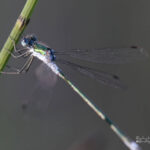
The temporary lagoons are home to some interesting Odonata. Although these small ponds dry up in summer, they have an interesting diversity of damselflies. Thus, we can find species such as Mediterranean Bluet (Coenagrion caerulescens), Small Spreadwing (Lestes virens), and Migrant Spreadwing (Lestes barbarus). Moreover, we will keep an eye on Robust Spreadwing (Lestes dryas), Iberian Bluetail (Ischnura graellsii), and Small Bluetail (Ischnura pumilio).
In relation to dragonflies, we might see Southern Darter (Sympetrum meridionale) and Black-Tailed Skimmer (Orthetrum cancellatum) among others.
Mountain streams
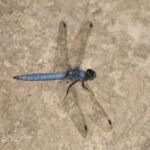
In these pristine Mediterranean habitats, cold and fast waters are important environmental characteristics. Thus, some of the damselflies we might find include Mercury Bluet (Coenagrion mercuriale), Western Demoiselle (Calopteryx xanthostoma), and Large Red Damsel (Pyrrhosoma nymphula) among others.
On the other hand, dragonfles are well represented with Blue-Eyed Hawker (Aeshna affinis), Blue Hawker (Aeshna cyanea), and Southern Skimmer (Orthetrum brunneum). Other interesting species but rarer are Western Spectre (Boyeria irene) and Orange-Spotted Emerald (Oxygastra curtisii).
Dragonflies are fascinating creatures and we would love to spend a few days with you in nature, looking for dragonflies as well as other insects like butterflies.
Follow us on Instagram!

